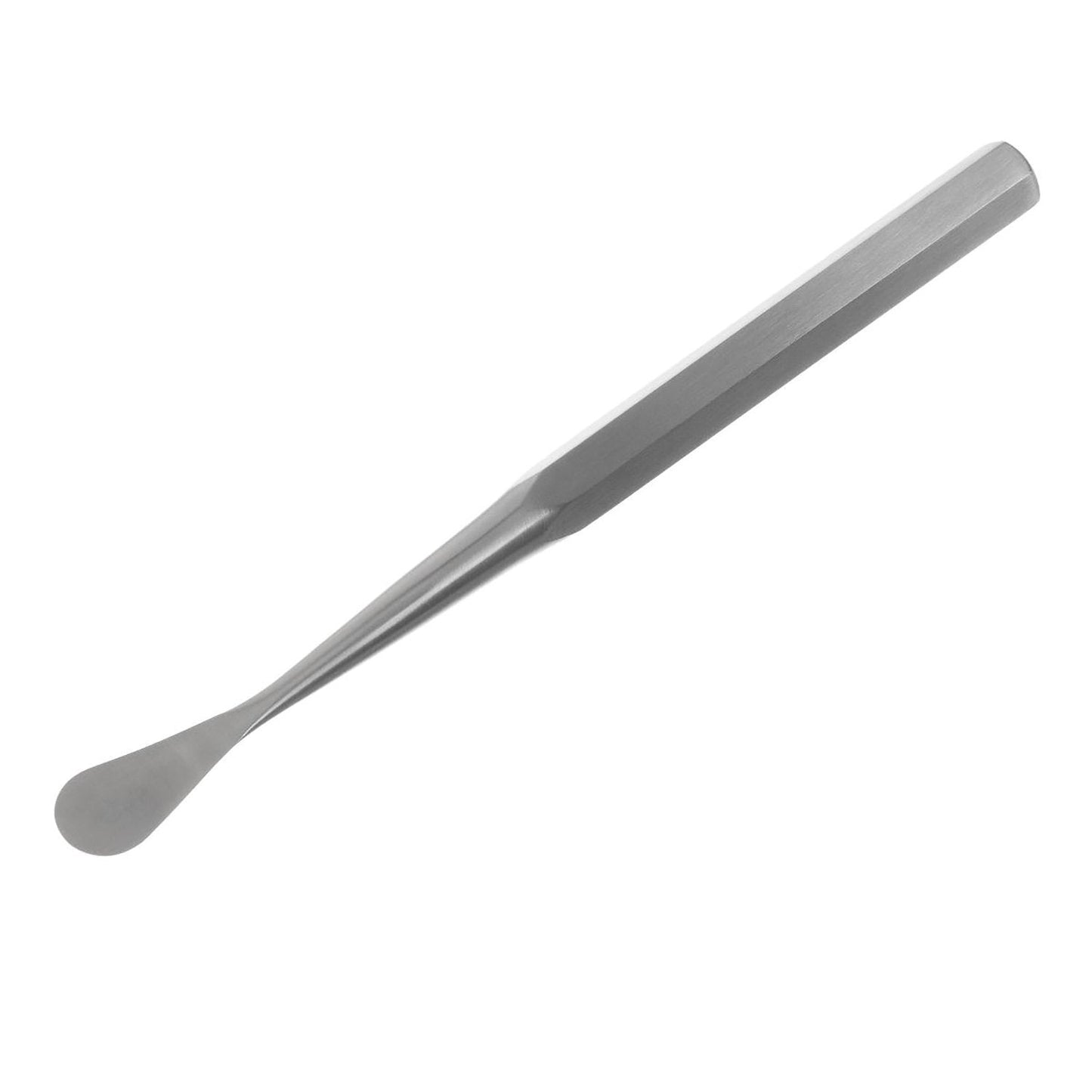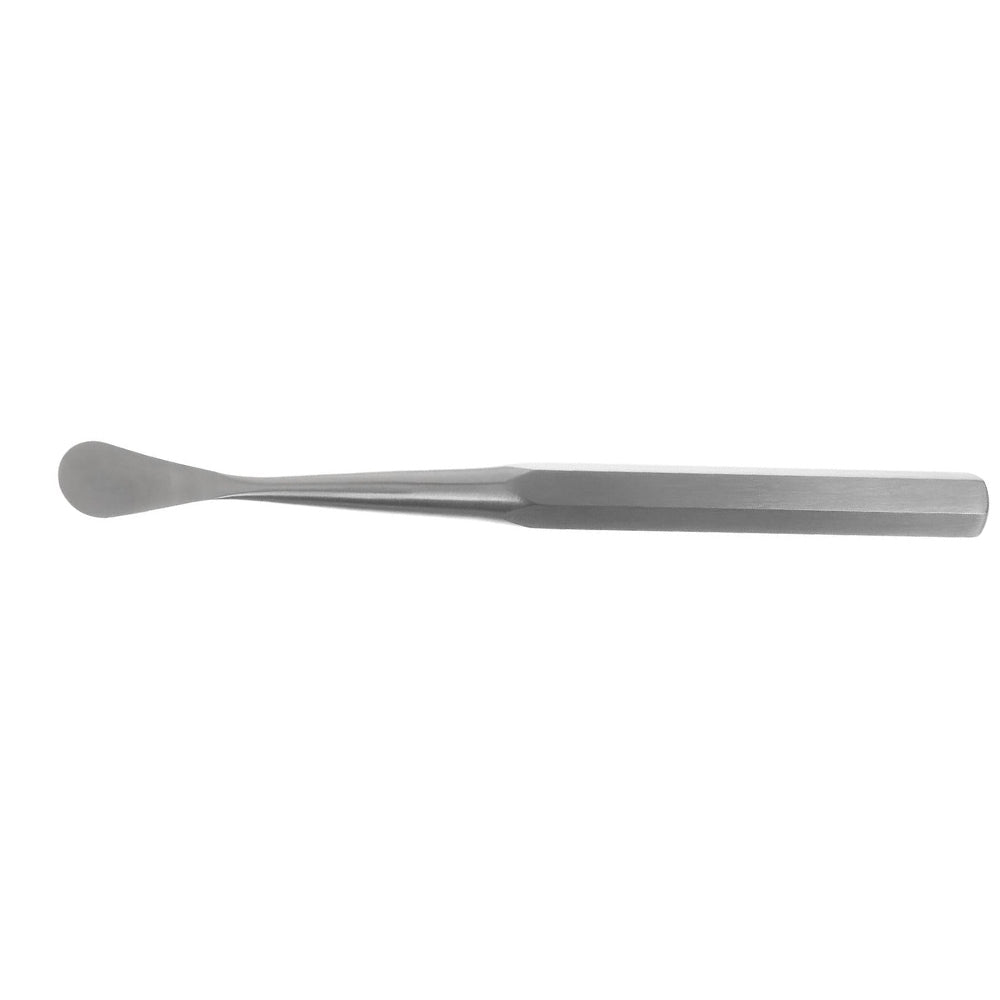


Cobb Type Elevators: Precision Instruments in Oral and Maxillofacial Surgery
In the highly specialized field of maxillofacial and oral surgery, the use of precise instruments is essential for ensuring the surgeon's success and safety. In this category that is used, one of them is the Cobb Type Elevator, has a place of honor and is widely praised for its durability, control, versatility, and strength. Built to lift and separate bones or tissues during surgery, Cobb elevators are indispensable for a variety of orthopedic, dental surgery, and spinal procedures.
Let's look more deeply at the factors that make this Cobb Type Elevator a valued tool in the modern practice of surgery.
What Is a Cobb Type Elevator?
Cobb Type Elevator Cobb Type Elevator is a surgical instrument that is employed to aid in raising and separating the periosteal tissues or bone fragments in a controlled way. Its sturdy construction, coupled with a specifically shaped blade, allows for the efficient removal and elevation of tissues without causing trauma. Although initially designed for orthopedic surgeries, especially spinal surgeries, Cobb elevators have since discovered a wide range of applications in dental and maxillofacial procedures such as dental extractions, implantology, and jaw surgery.
The majority of Cobb elevators are made up of a bent, flat blade that has an edge that is sharp or blunt connected to an incredibly sturdy handle that provides excellent control and grip.
Key Design Features of Cobb-Type Elevators
Cobb elevators are carefully designed to ensure the best accuracy when performing surgeries. The most notable attributes include:
- A Curved or Angled Blade: Helps navigate through anatomical structures without obstruction.
- Sharp or Blunt Alternatives: The HTML0 is available with blunt edges to separate tissues sharp edges for periosteal lifting and bone removal.
- Ergonomic Handle designed to provide an elongated, non-slip grip that is not slippery during long procedures.
- Variable sizes: Available in multiple blade widths that can be used to fit various surgical areas and procedures.
- Grade A Stainless Steel: Ensures durability, corrosion resistance, and compatibility with repeated sterilization.
These capabilities let surgeons maneuver with confidence and precision when performing complex procedures that require manipulation of tissue close to sensitive structures.
Applications in Oral and Maxillofacial Surgery
While Cobb elevators first were employed for orthopedic and spine surgeries, they are today widely used in dental and oral surgical procedures , for example:
- Raising mucoperiosteal Flaps is An important procedure that involves bone access, like implant placement or an apicoectomy.
- Teeth Extractions: Helps to luxate teeth by releasing surrounding tissue or bones.
- Jaw Fixing Fractures Utilized to raise and expose the bone fragments of the maxillofacial area during surgery.
- Sinus and Bone Grafting Lift Methods It helps lift the soft tissues and allows bone layers to be separated safely.
The structure of the tool permits precision control, which makes it perfect for delicate processes that require strength and delicateness.
Benefits of Using Cobb-Type Elevators
The appeal of Cobb elevators is due to their ability to be used for surgical precision. This is why surgeons trust these machines:
- Minimally invasive tissue separation. Their design permits effective dissection without traumatizing or tearing soft tissues.
- Controlled pressure Application Weight and shape permit the use of a precise force, thus reducing the chance of injury or slippage.
- Greater visibility: The curved design assists in lifting tissues, enhancing visibility in tight or deep spaces.
- Reusability and Durability: Built with medical-grade stainless steel. These instruments can last for many years if they are properly cared for.
- Multi-Specialty Utility In addition to oral surgery, Cobb elevators can be used for orthopedic, neurosurgery, and ENT procedures.
Whether it's lifting the periosteum or retraction of the jaw bone during surgical procedures, Cobb elevators give professionals the confidence to tackle difficult tasks with precision and safety.
Best Practices for Usage
To reap the maximum benefits from Cobb elevators while minimizing the risk of complications, surgeons must follow these guidelines:
- Select the Best Blade: Sharp for bone elevation and blunt for tissue separation.
- Use Controlled Force Beware of excessive pressure in order to protect adjacent structures.
- Be sure to sterilize properly. Always clean between each use to maintain cleanliness and functionality.
- Use in conjunction with other tools: Combine with retractors or forceps and scalpels to maximize effectiveness.
These procedures not only protect the patient but also prolong the lifespan that the device.
Conclusion Enhancing Surgical Precision by Using Cobb Elevators
In the field of surgical instruments and surgical instruments, the Cobb Type Elevator is a testimony to the value of strength, precision, and control. It can be used for jaw surgeries, dental extractions, or for manipulating soft tissue; Cobb elevators offer unparalleled assistance for procedures that require fine dissection and retracting.
Surgeons seeking less trauma-inducing, highly efficient outcomes frequently think of Cobb elevators as an integral part of their arsenal. Their durability and versatility across a variety of surgical fields make an excellent investment for any modern practice.




 For Bulk Order Whatsapp US
For Bulk Order Whatsapp US